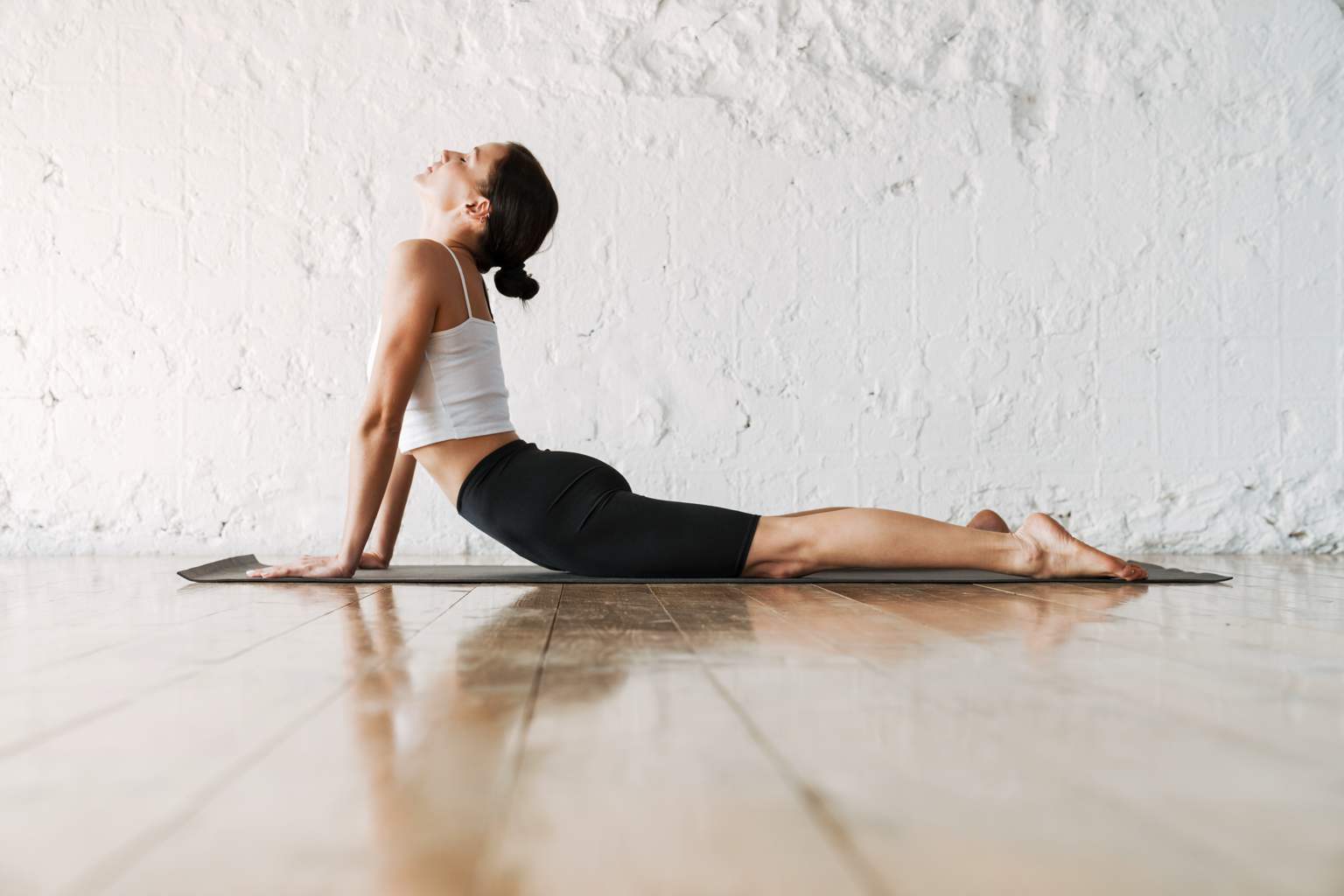Flexibility is often the overlooked hero in our fitness regimens. While many chase the rush of running or the power of strength training, it’s flexibility that quietly boosts both your physical health and mental well-being. From better blood circulation to a calmer mind, here’s why stretching deserves a top spot on your daily to-do list.
How flexibility improves mobility and protects against injury
When muscles and joints have a good range of motion, life just gets easier. Flexibility enables you to move freely without pain or stiffness, which is vital for everyday activities. This improved mobility reduces the chances of strains and sprains that come from tight, inflexible muscles.
For example, if your hamstrings are tight, your lower back and knees often compensate, which can lead to soreness or injury. I learned this the hard way. Years ago, ignoring stretching after running left me with a persistent hamstring strain that sidelined me for weeks. It was only after adopting a regular stretching routine that my body felt balanced and resilient again.
How stretching reduces soreness and aligns posture
Tight muscles don’t just hurt—they affect your whole body comfort and function. The best part about incorporating stretching is that it almost immediately helps reduce muscle soreness and tension, especially in the neck, shoulders, and back.
Stretching increases blood flow, delivering oxygen and nutrients that speed up recovery. It also calms inflammation in muscle tissues after tough workouts or long days. Beyond relief from pain, working on key muscle groups can dramatically improve your posture. Tight hip flexors or chest muscles often cause people to slouch, leading to chronic pain. By stretching these areas, you support better spinal alignment, stand taller, and protect your back.
Why flexibility boosts blood flow and mental calm
Besides keeping muscles limber, flexibility exercises play a big role in improving blood circulation. This increased blood flow nourishes your muscles and accelerates healing. More than that, these gentle movements trigger relaxation responses in your body.
Yoga, Pilates, and other flexibility-focused routines combine movement with breathing and mindfulness, which helps reduce stress and anxiety. When your body feels loose rather than tight, your brain tends to follow suit. I’ve found that just five minutes of stretching can transform a hectic day into something much more manageable by clearing mental fog and lowering tension.
Easy ways to start improving your flexibility
Adding a few simple habits can make a huge difference in your flexibility. Here are some tips that worked for me and countless others:
– Stretch daily, targeting major muscles like the hamstrings, hips, chest, and back.
– Hold static stretches for 20-30 seconds to gently lengthen muscles.
– Explore yoga or Pilates to mix stretching with breathing and balance.
– Avoid bouncing or jerky movements during stretches—smooth and steady wins.
– Always respect your body’s limits; flexibility grows gradually over time.
One thing I wish I’d started sooner is a morning stretch routine. It helped me shake off stiffness and gave me energy that lasted all day long. The quiet minutes spent focusing on my body became a powerful reset for both my body and mind.
Have you discovered a favorite stretch or noticed unexpected benefits from working on your flexibility? Share your experiences or tips in the comments below—I’d love to hear how this simple practice has made life better for you!
